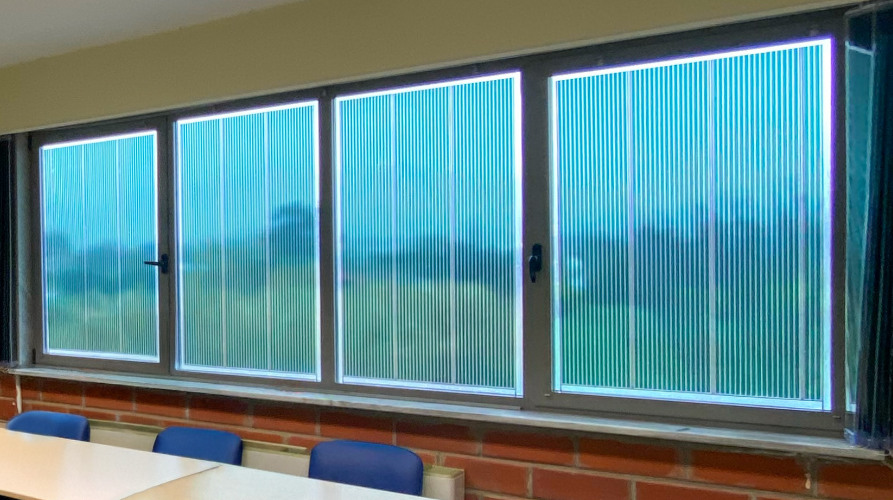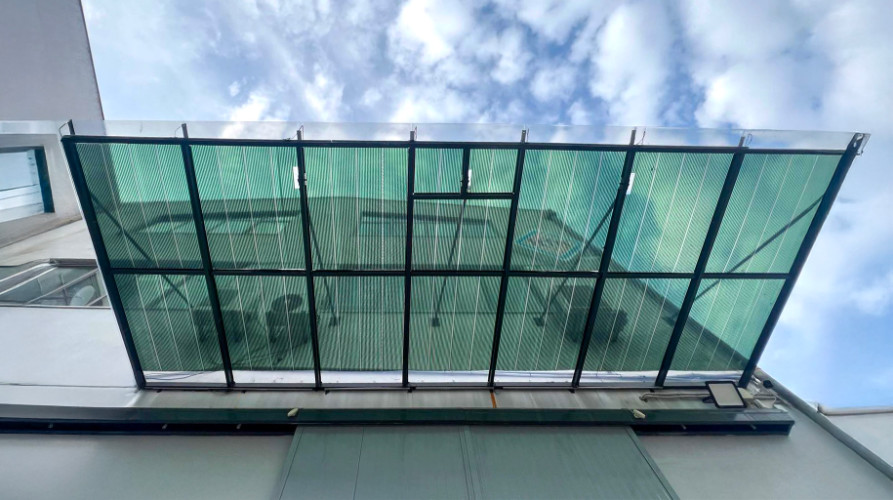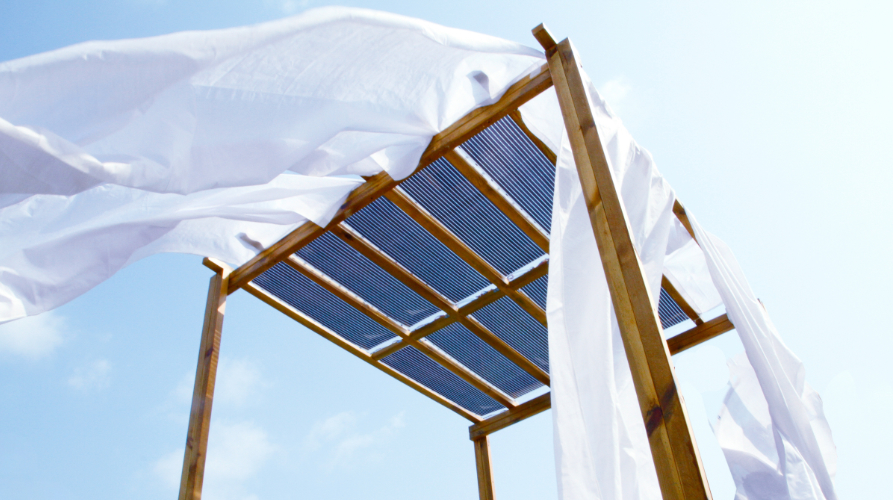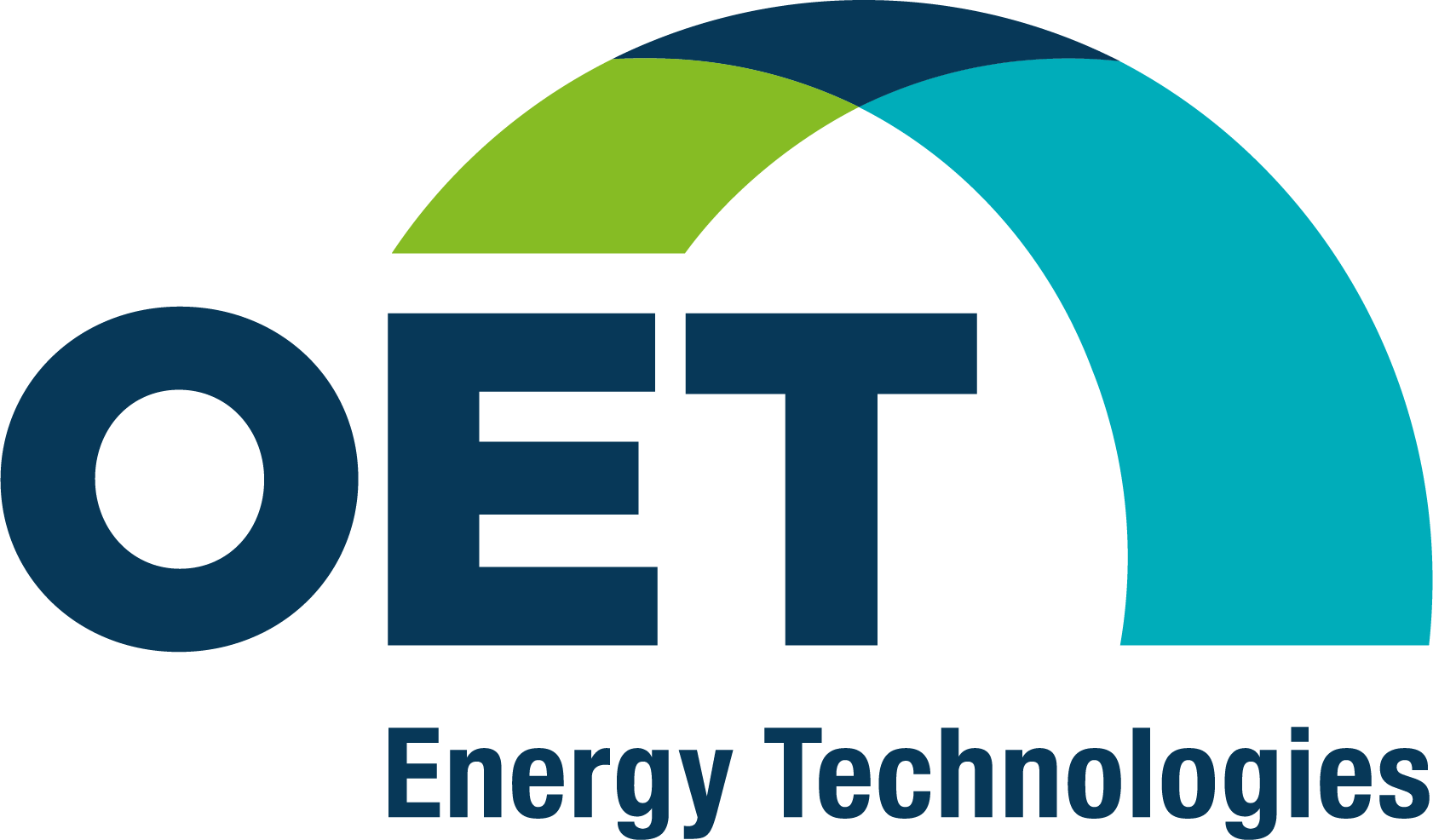Comprehensive List of OPV Characteristics



Core Technological Characteristics
- 3rd Generation Photovoltaic Technology: OPVs belong to the latest generation of solar cells, leveraging organic materials for energy conversion.
- Roll-to-Roll (R2R) Printing Production: Enables mass production at a lower cost, ensuring scalability and rapid deployment.
- Ultra-Thin & Lightweight: As thin as a few microns, significantly reducing structural load requirements.
- Flexible & Bendable: Can be curved and shaped to fit various surfaces, ideal for architectural and mobile applications.
- Semi-Transparent & Tunable Light Transmission: Can be adjusted for different levels of transparency to balance energy generation and aesthetics.
- Efficient in Low-Light Conditions: Performs well under diffused light, cloudy weather, and even artificial lighting conditions.
- Temperature Stability: Less affected by high temperatures compared to silicon-based photovoltaics.
- Non-Toxic & Environmentally Friendly: Free from hazardous materials such as lead or cadmium.
- Recyclable Materials: Up to 99% recyclable, supporting circular economy principles.
- Low Carbon Footprint: Energy-efficient manufacturing with minimal CO₂ emissions.
Aesthetic & Customization Features
- Aesthetic Color Options: Available in different colors, allowing integration into architectural designs.
- Customizable Shapes & Designs: Can be produced in various geometries to match design and functional requirements.
- Printed Graphics & Patterns: Ability to incorporate branding or design elements directly on the OPV panels.
- Seamless Integration with Building Facades: Can be embedded into windows, skylights, glass walls, and decorative elements.
- Dynamic Transparency Control: Adjustable transparency for applications in greenhouses, BIPVs, and smart windows.
Installation & Application Versatility
- Lightweight Construction: Ideal for rooftops, glass structures, and applications where weight is a concern.
- Retrofit Capability: Easily installed on existing infrastructure without the need for extensive modifications.
- Customizable Formats: Can be adapted for rigid, flexible, or rollable solutions.
- Integration in Multiple Environments:
- Agrivoltaics: Enhancing agricultural productivity while generating clean energy.
- BIOPVs (Building Integrated Organic Photovoltaics): Transparent solar panels for commercial and residential buildings.
- Smart Cities & Infrastructure: Solar-powered bus stops, kiosks, and urban lighting.
- Automotive & Transport: Integration into electric vehicles, solar cars, and charging stations.
- Wearables & Consumer Electronics: Ultra-thin, flexible energy solutions for portable devices.
Economic & Energy Benefits
- Cost-Effective Manufacturing & Installation: Due to R2R printing and lightweight properties, reducing overall costs.
- Short Payback Period: Faster ROI due to high adaptability and integration possibilities.
- Energy Independence & Autonomy: Enables off-grid applications and decentralized power generation.
- Compatible with Smart Grids & Storage Solutions: Supports energy storage and grid-balancing technologies.

